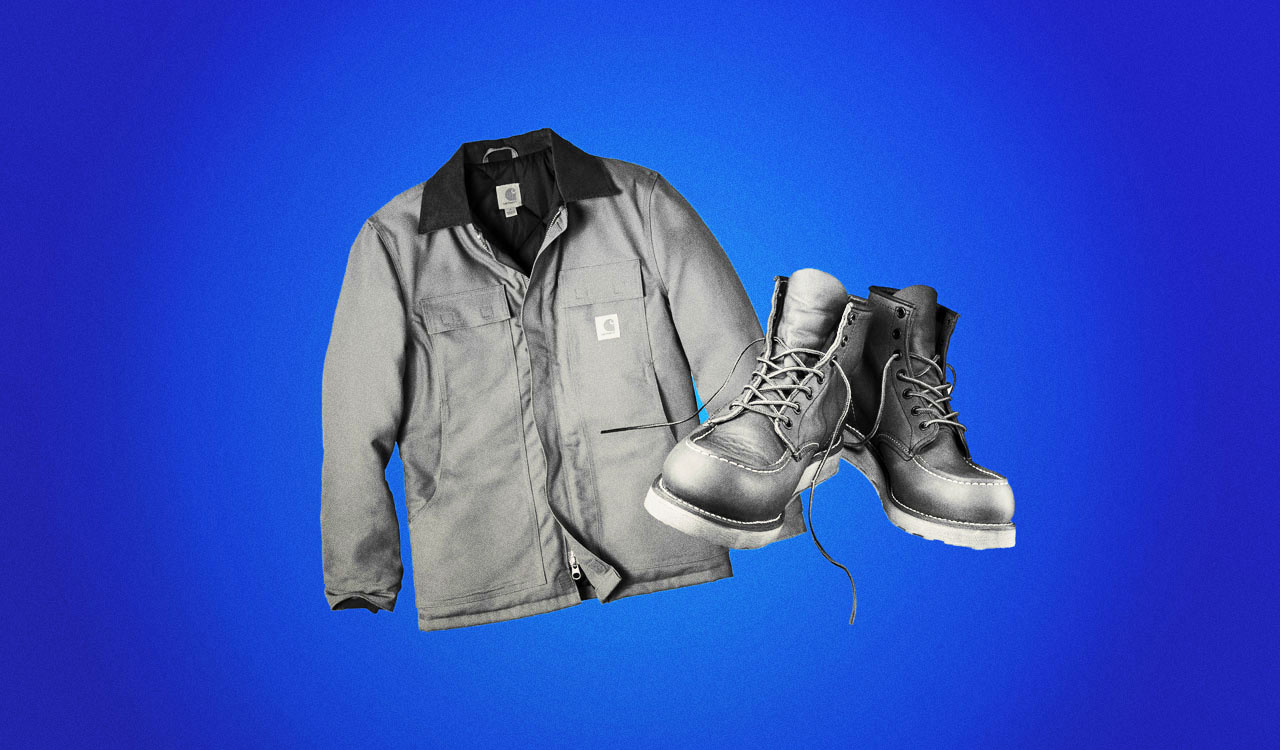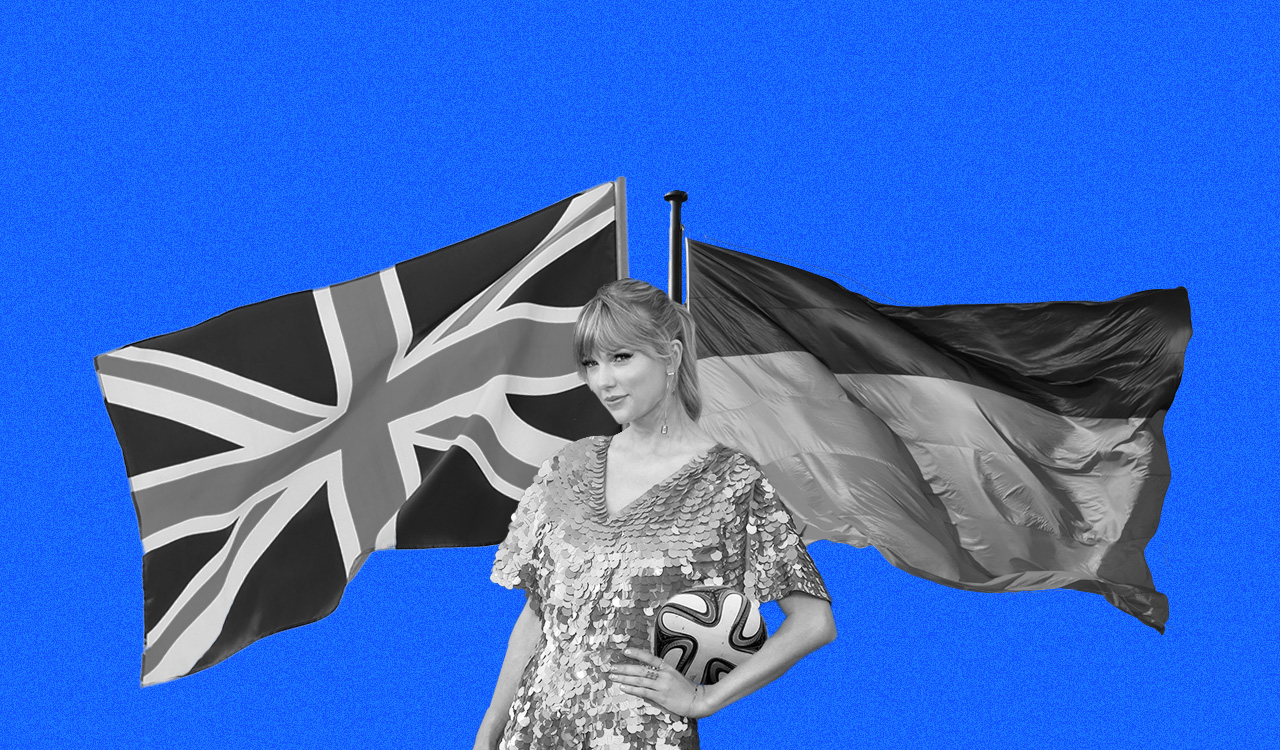For many next-gen consumers, the term “trusted brand” seems like an oxymoron. The combined 140 million Gen Y (aka millennial) and Gen Z cohorts are responsible for a combined $165 billion in annual U.S. sales. Yet they influence a staggering $350 billion in annual purchasing. Plus, they share a mutual distrust of self-aggrandizing brands, unless they meet their own next-gen litmus tests.
Two of my Robin Report colleagues recently highlighted this very point. Jasmine Glasheen states “Gen Z shops with retailers for their value, and shops with brands for their values. While Arick Wierson emphasized the “authenticity imperative” related to brand positioning and marketing. He noted that Zoomers “crave authenticity, and they can spot a polished, scripted message from 100 miles away.”
To an increasing number of next-gen consumers, the idea of buying uber-expensive fashions that have undergone environmentally harmful “artificial aging” is being rejected. Instead, some would rather buy an authentic Carhartt piece and naturally age the item by wearing and enjoying it as it gets better with time.
Keeping Things Real
I’ve recently been reminded of two different century-old brands that have developed significant Gen Y and Gen Z followings without even trying. These two legacy brands have been in business for a combined 260 years. Both have endured and prospered by staying true to their founders’ visions and missions.
Both Carhartt and Red Wing Shoe Company share a provenance based on craftsmanship, durability, and utility. Both have remained standards in their industries and neither has bowed to passing fads or fashion trends. Yet ironically, the trends have come to them.
Old School Cool
In early October Lowe’s announced a partnership with Carhartt to feature the iconic brand’s duck jackets and vests, as well as hoodies, T-shirts, workwear pants and caps. The collection is currently available in about 250 Northeast, Midwest, and Pacific Northwest Lowe’s stores, and will expand to include about the same number of stores in Texas, the Southeast, and California by early 2024.
Founded in 1889 by Hamilton Carhartt, the 135-year-old company has been known for producing gear designed to “serve and protect” hardworking pros. More recently that same workforce brand has found its way into streetwear, even becoming a pop-culture brand, most likely because it never intended to.
More than Nostalgia
The current wave of 90s nostalgia with oversized fit has undoubtedly contributed to the brand\’s popularity. Carhartt’s hip-hop connection has been traced back to American independent record label Tommy Boy Records when it bought 800 Carhartt jackets, added its logo, and gave the jackets to their acts. This gave the vintage brand “street cred” and by 1992, the brand’s new status was on the radar of mainstream media.
But beyond the nostalgia, there are practical reasons why a pre-industrial age brand designed for working men and women has cultivated newfound fans. Carhartt is “hard-wearing” and lasts a long time. That speaks volumes to Gen Y and Gen Z attitudes with sustainability and authenticity in mind. “Buy it once and wear it forever.”
Natural Aging
To an increasing number of next-gen consumers, the idea of buying uber-expensive fashions that have undergone environmentally harmful “artificial aging” is being rejected. Instead, some would rather buy an authentic Carhartt piece and naturally age the item by wearing and enjoying it as it gets better with time.
Carhartt’s authentic American brand is the antithesis of the many fast fashion brands that can morph from TikTok to turn-off in a nanosecond. And authentic brands like Carhartt make little fashion pretense beyond their utility and durability. That dynamic duo resonates with younger customers.
As Lowe’s executive vice president of merchandising, Bill Boltz puts it, \”Not only is Carhartt a workwear staple, but it is also a popular brand for daily living.” I’m sure he appreciates the streetwear halo effect provided by Carhartt’s Mall of America store where few if any customers are wearing tool-belts while shopping for the brand.
Boots Are Made for Working and Runway Walking
Red Wing boots have been a staple in factories, farms, and foundries for over a century. And for the past three decades, their popularity has spread to urban streets and fashion runways.
Only slightly younger than Carhartt, Red Wing Shoe Company was founded in Red Wing Minnesota in 1905. The company has a storied legacy of traditional construction and timeless design. Furthermore, it has credibility as an inclusive brand and employer. Its popular “Gloria” boot was first introduced in 1926. This was prior to Levi’s 1934 introduction of Lady Levi’s. In 2022 Allison Gettings became Red Wing Shoe Company’s first women CEO.
My Red Wing Initiation
I first became aware of Red Wing Shoes as it expanded its international street fashion cred back in 1999. It coincided with my retail design firm’s development of an experiential Red Wing store at Mall of America.
By then Redwing had become a grunge-era staple in the U.S. Surprisingly, from the moment the MOA store opened, Asian tourists were visiting the store in great numbers and purchasing multiple pairs of boots to ship back home.
I later learned that Japan’s love affair with Red Wing boots dates back to the 1970s, and truly exploded in 1976 when a Red Wing boot appeared on the cover of “Made in U.S.A.-2 – Scrapbook of America,” a hugely influential culture magazine. Pictures of West Coast Americans dressed in torn jeans, t-shirts, and very worn-out work boots caught on in a big way. That moment in time was so impactful that Japanese youth started to enthusiastically adopt the fashion, even though America’s pop culture mavens hadn’t yet embraced it.
Red Wing eventually assigned a distributor to Japan in 1982 who labored to sell Red Wing as industrial work boots, only to realize that there was more opportunity, and profit selling them as a lifestyle brand.
Branding 101
I was recently reminded of Red Wing, Minnesota’s rich contribution to America’s industrial heritage while on our annual autumn “leaf turning” drive that brought us back to the little town south of Minneapolis.
Besides Red Wing Shoe, the town’s other claim to fame is Red Wing Stoneware Company, manufacturers of their namesake pottery, founded in 1861 by German immigrant John Paul. I have a particular affinity to that brand as my grandfather, an early 20th-century general store proprietor, promoted his rural Wisconsin business by giving away Red Wing bean pots to his loyal customers during the holiday season.
As was the custom, the pots were inscribed with the proprietor’s name as well as a cheeky tagline. I have amassed a nice collection of that cookware dating back to 1921, bearing the inscription “When you bake, try me, when you buy, try Peter Bootzin, The Corner Store Medford, WI.”
A Museum Worth Visiting
Regrettably, the Red Wing Stoneware Company closed in 2019. But Red Wing and its 17,000 inhabitants remain extremely proud of their namesake footwear manufacturer. In fact, it’s often difficult to separate the two as the logo for the city and the shoe company are quite similar.
Then there are the countless Red Wing families who have relied on the company for their livelihoods for over a century. Throughout the 20th century there were often as many as three generations from the same family crafting and cobbling.
This honorable heritage is shared with visitors to the Red Wing Shoe Museum providing the ultimate immersive brand experience, blending both heritage and retail in a single destination.
Really Big Boot
Museum visitors are first astounded by a completely authentic, highly detailed, Style #877, Red Wing boot, size 638½ D. It stands over 16 feet tall (two stories) and is 20 feet long. The ginormous boot was originally constructed to celebrate the company’s centennial anniversary in 2005. It weighs over a ton and was authentically and lovingly cobbled by Red Wing workers utilizing the hides of about 800 cows.
Throughout the museum and store are stories and artifacts that close the loop between the iconic footwear brand and the artisans and craftspeople who have repeated the same 230 steps utilized to handcraft a boot. Often, they employ the same machines and processes that have been used for generations. The museum also pays homage to the advertisements created for the company by Norman Rockwell.
A Lifetime of Love
Besides Red Wing boots’ timeless design, the brand’s focus on sustainability plays as well in Japan as it does in America. Red Wing boots can be given new life, essentially repaired to their original quality by the factory. The company offers a menu of choices to renew, beautify, or literally rebuild a boot.
And in an era when circular fashion, recycling, heritage, and authenticity are becoming watchwords to next-gen consumers, it makes for a very compelling brand story.
Formula for Futureproofing a Brand
Naturally, there is not a plethora of brands that have the heritage of Carhartt and Red Wing Shoe Co. That said, these brands’ traditions of authenticity, clarity of purpose, sustainability, transparency, and quality could be replicated by brands the world over. Add storytelling around both the brand and its brand advocates, and you have a formula for futureproofing and a solution to planned obsolescence.




